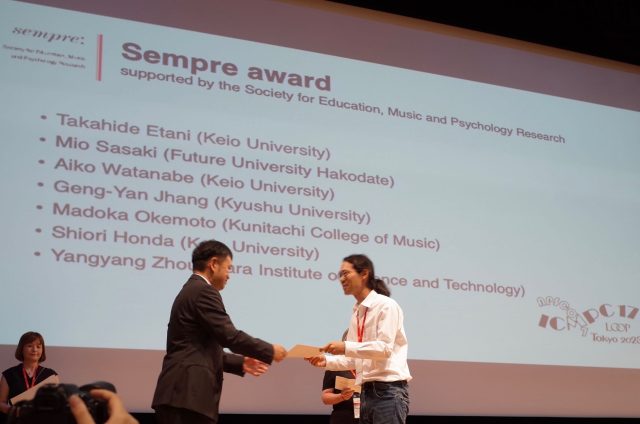
Geng-Yan Jhang (Human Science International Course) was awarded Sempre Award at ICMPC17-APSCOM7
2023.09.01
Awards

We have been informed that the TOEFL iBT test scheduled to be held at the Tenjin Test Center in Fukuoka on or …

Please check the details from the link below.
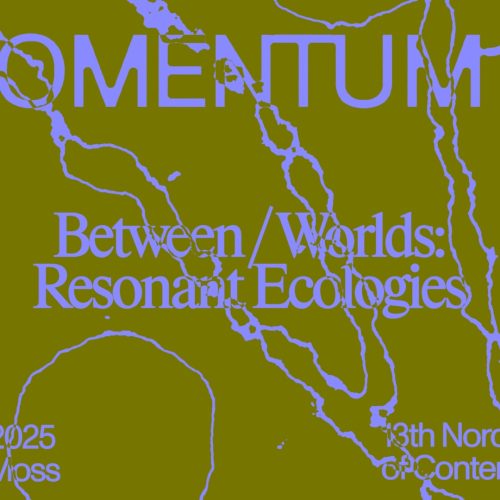
The work “Stay with Others (Moss)” by Associate Professor JO Kazuhiro of the Department of Acoustic Design, Fa…
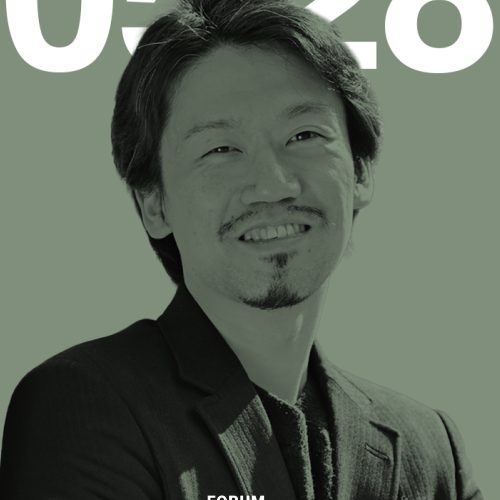
Faculty of Design, Kyushu University is pleased to present the following researcher talk. Forum for Contempora…
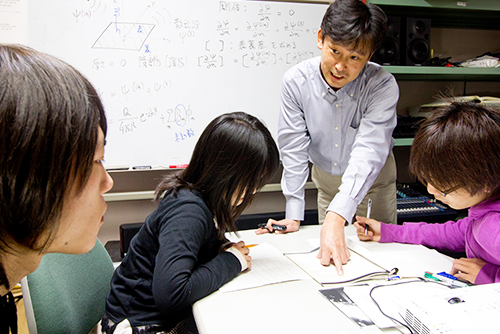
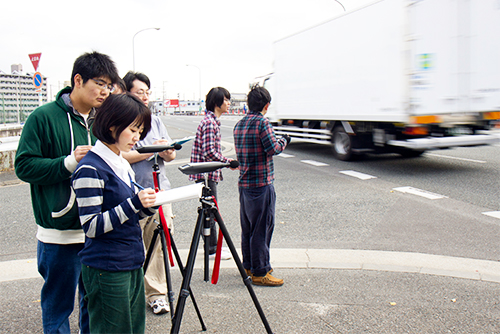
In modern society, there is a need for experts who have a deep understanding of sound culture and can promote the correct evaluation of sound, the creation of human-friendly sound environments, and the enhancement of the quality of acoustic information at a high level. The Acoustic Design Course aims to nurture human resources who can create human-friendly sound environments, improve the quality of acoustic information, and realize the creation of sound-related art and culture based on the viewpoint of sound-related design. To this end, the program provides a place for students to acquire advanced, cutting-edge knowledge of the art, science, and technology related to acoustic design, and to conduct basic and applied research, content creation, and practice based on this knowledge.
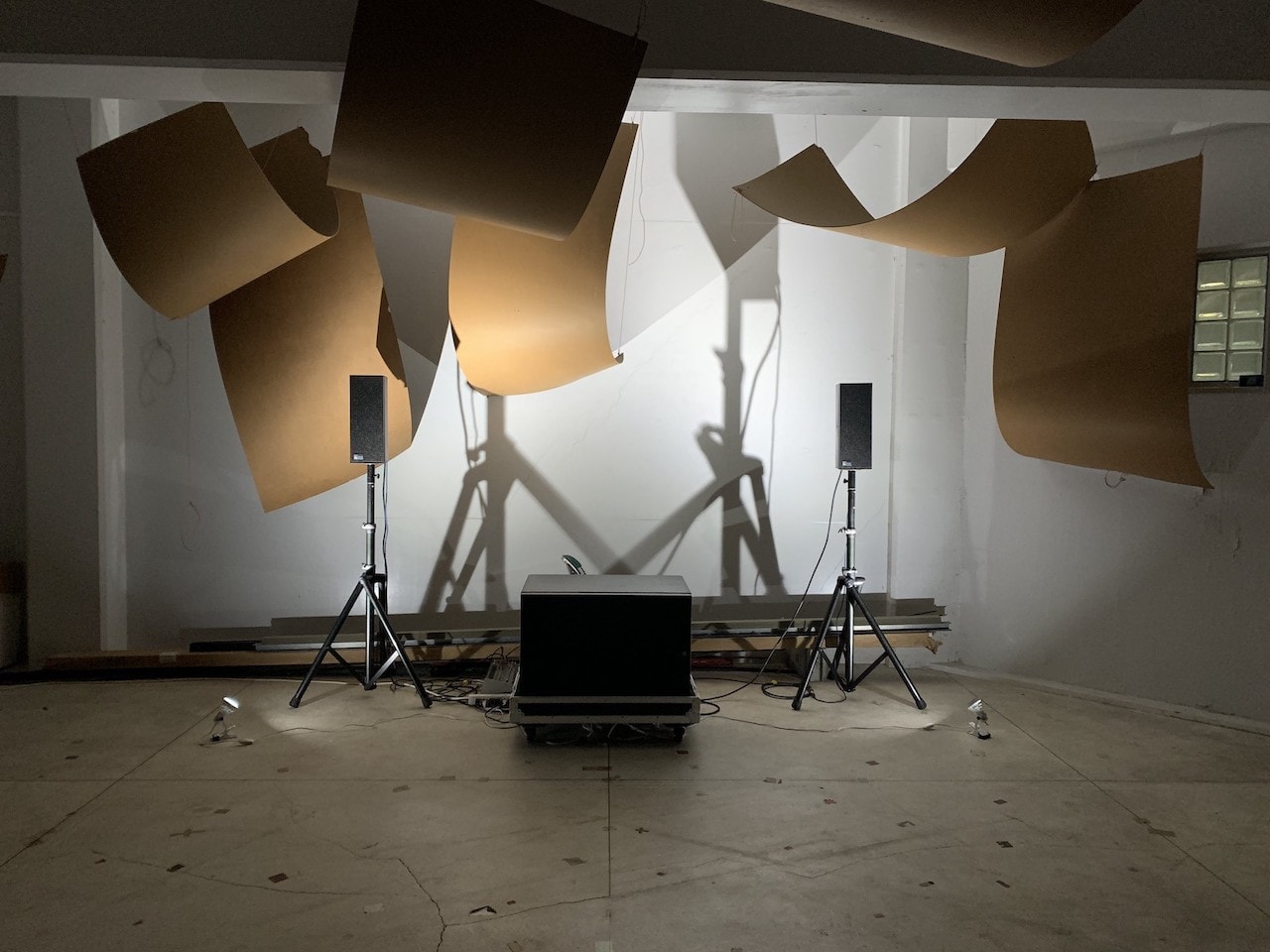
An in-depth study of cultural and artistic activities related to music and sound.
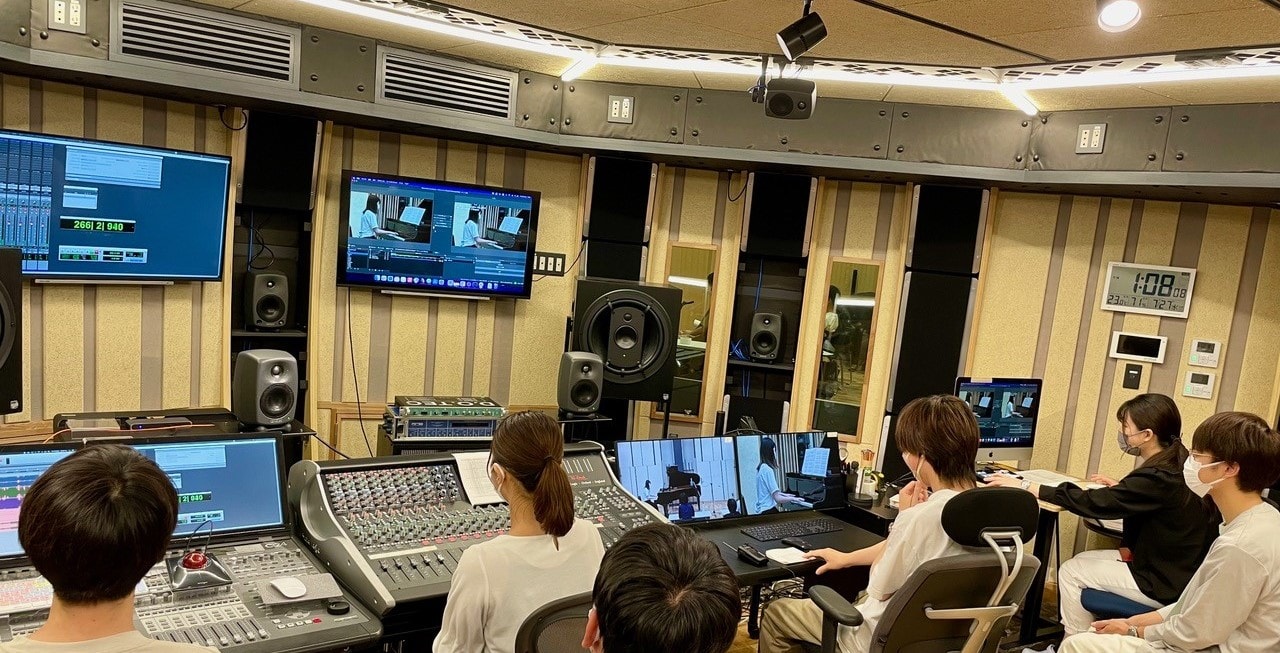
An in-depth study of the human and physical aspects of the sound environment.
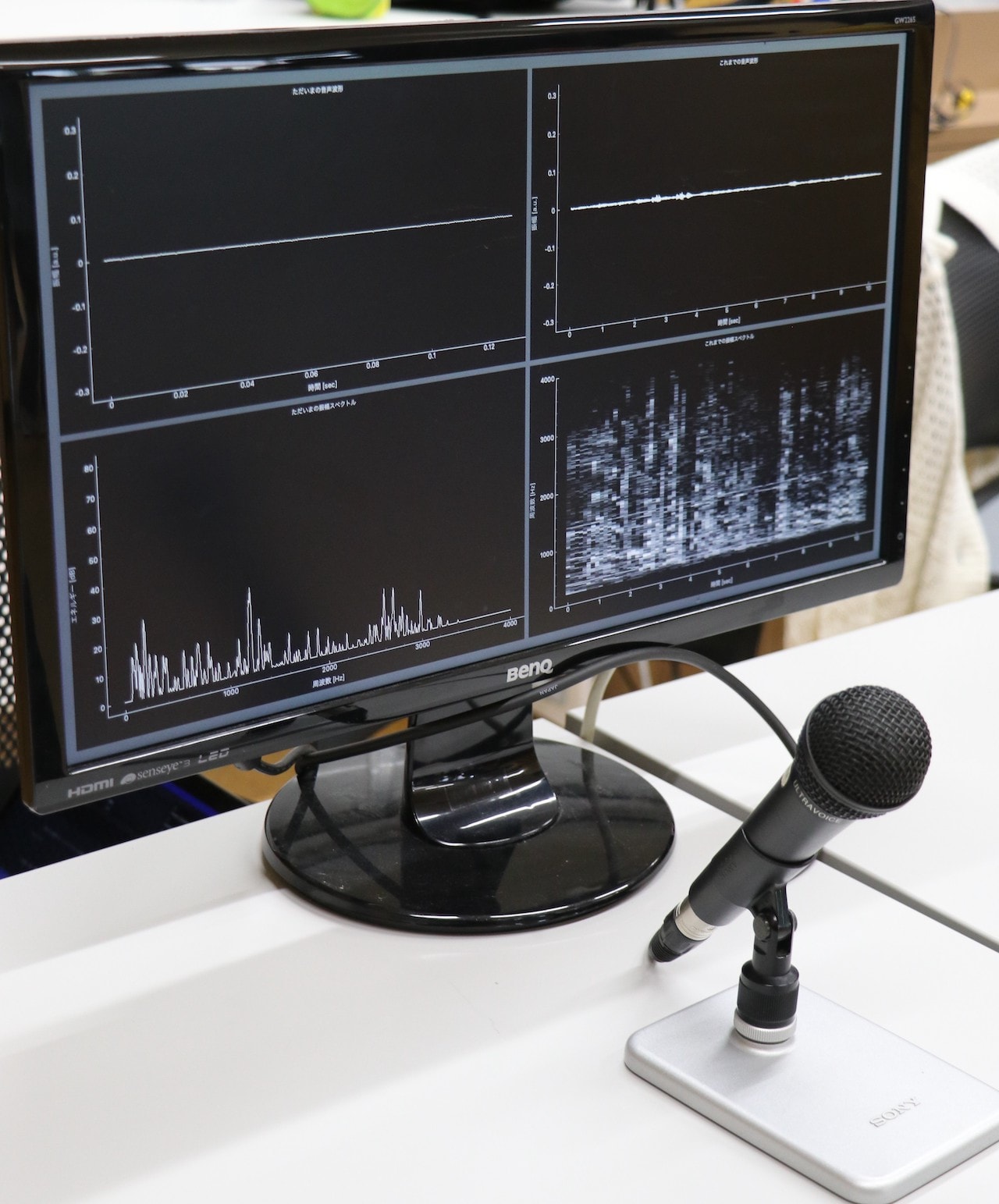
Acquire the first steps of acoustic design along with basic science or design literacy classes.
1 st year
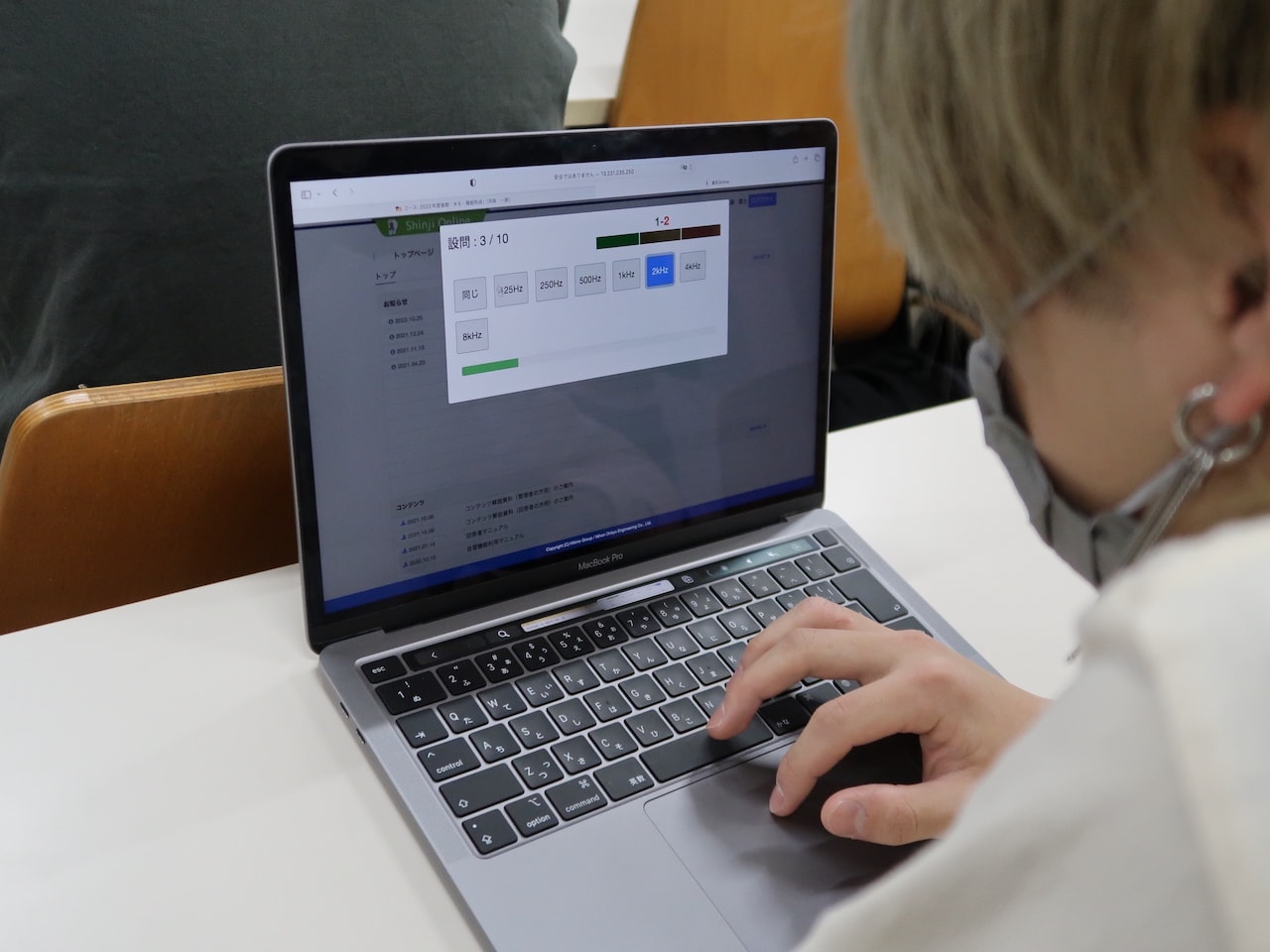
Students will cultivate independent learning and teamwork through KIKAN Education Subjects that emphasize active learning, which aim to improve the abilities necessary for an ICT international society, to acquire language proficiency skills and cross-cultural understanding, to study the basic knowledge which will lead to specialized education, to learn various methods of thinking from different fields, and to improve life skills. Students will also learn the fundamentals of design through the Design Literacy Subjects and take their first steps in acoustic design through the Course Exercises Subjects.
2 nd year
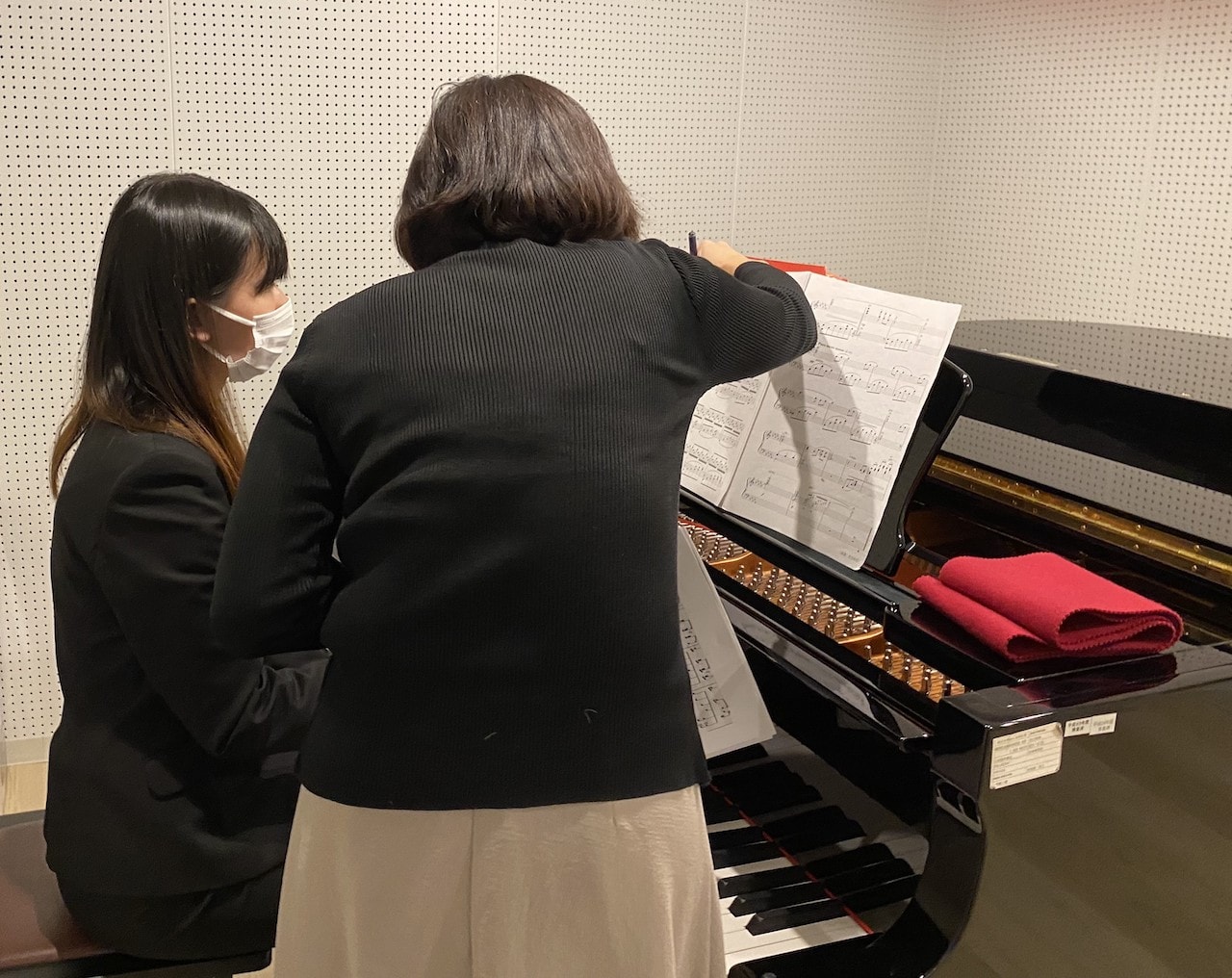
Students will acquire the basic knowledge necessary for an acoustic design expert by studying the "Course Basic Subjects" intensively in all fields of Sound Culture Studies, Acoustic Environment Engineering, and Acoustic Information Science, as well as subjects aimed at acquiring diversified knowledge and deepening learning (KIKAN Education Subjects for students in year 2 and above), Academic English, Design Literacy Subjects, and others. In addition, students will develop the ability to apply their knowledge to solve problems in a comprehensive manner through taking Course Exercises Subjects and interdisciplinary subjects.
3 rd year
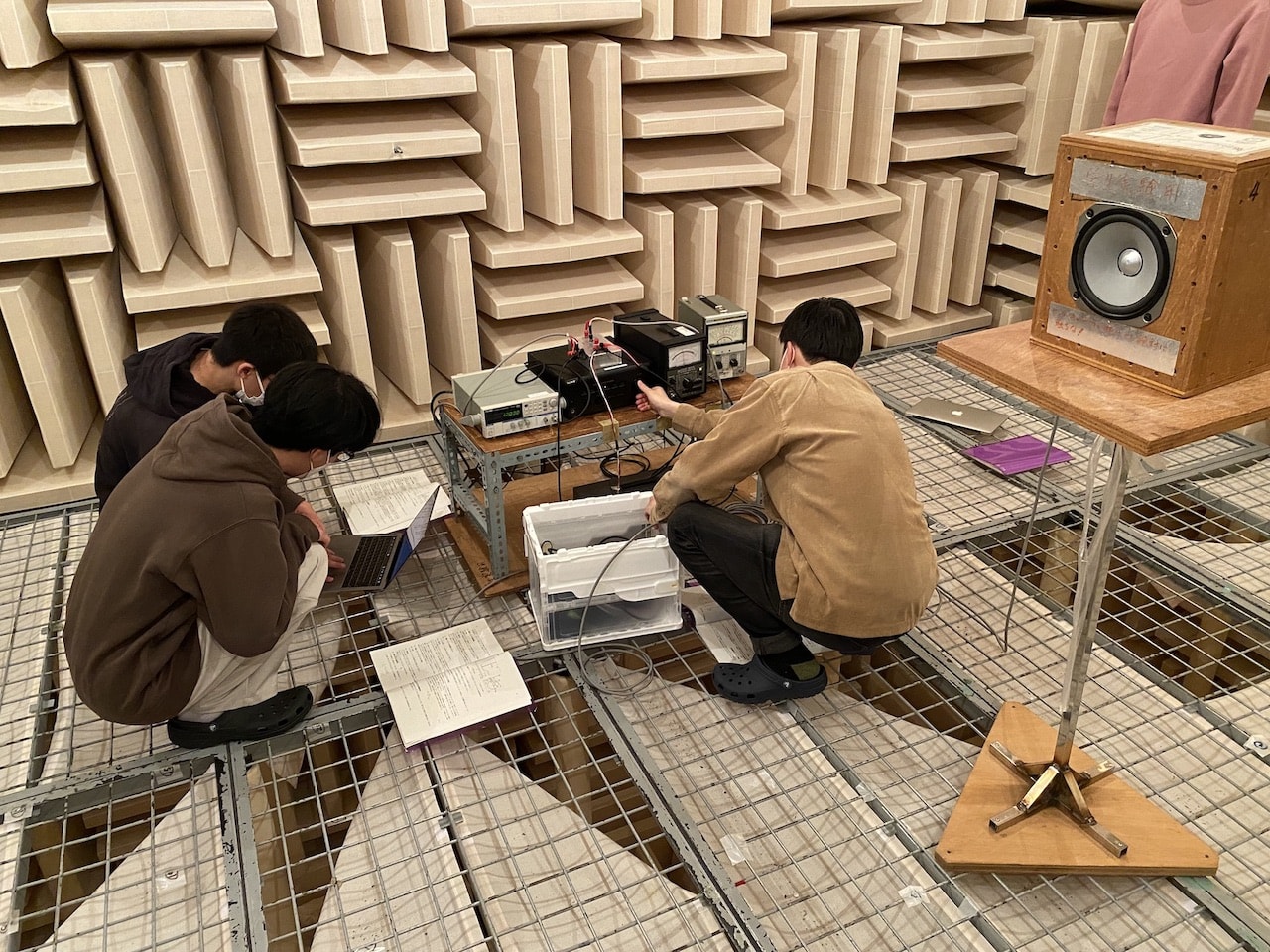
Students deepen their expertise as acoustic design experts through specialized subjects in the fields of Acoustic Culture Studies, Acoustic Environment Engineering, and Acoustic Information Science. In addition, through a series of interdisciplinary subjects spanning the three fields, interdisciplinary subjects spanning courses other than the Acoustic Design Course and acoustic experiments, where students will integrate their expertise in sound and develop the ability to verify original hypotheses, generate sound, and solve complex social problems in collaboration with others.
4 th year
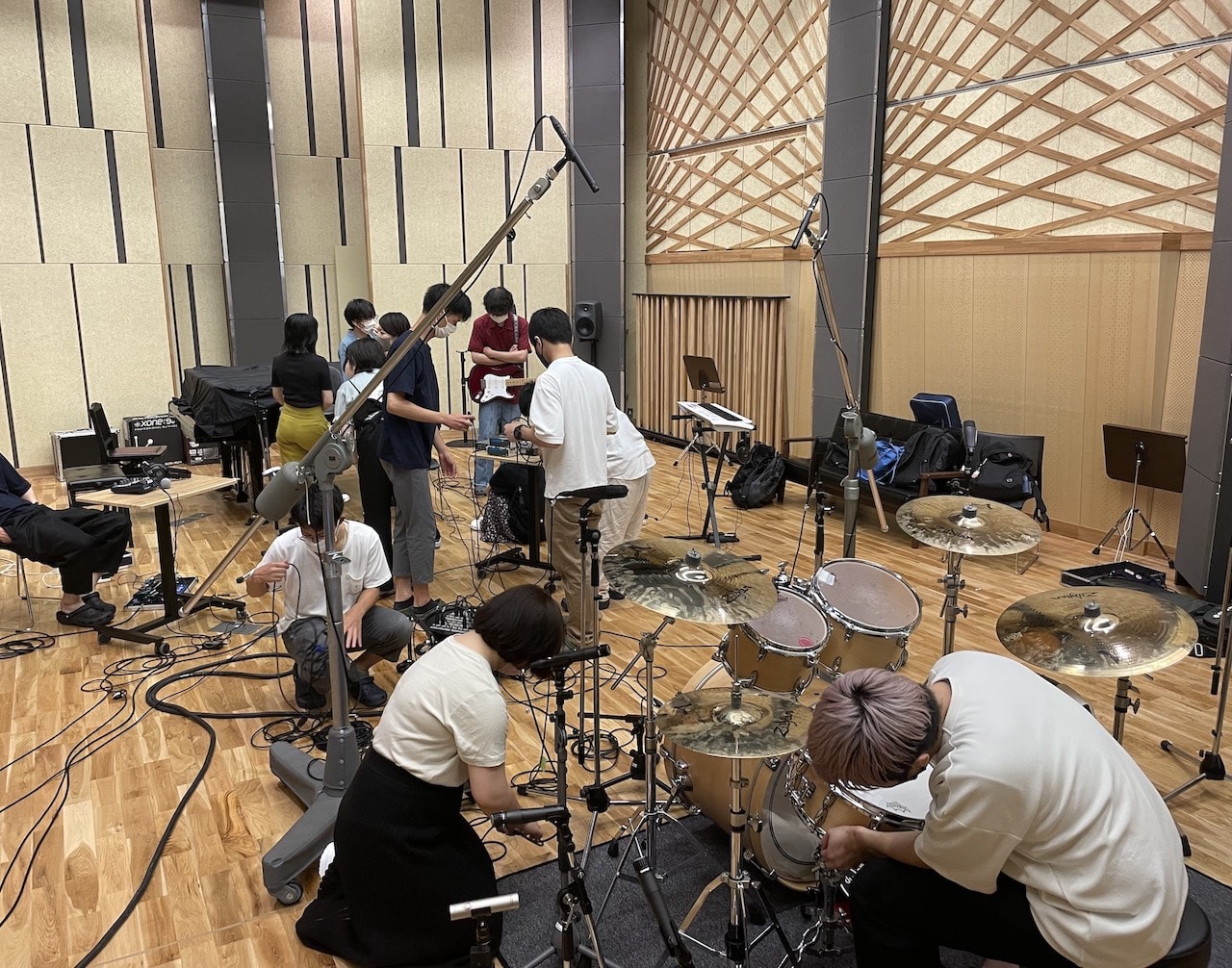
Through graduation research and internships, students will cultivate comprehensive design skills that combine a keen sensitivity to sound and advanced specialized knowledge that includes fusion with other fields. Students will submit a graduation thesis or graduation work based on their understanding of sound-related artistic, scientific, and technological aspects and their relationships with humans or society, applying specialized knowledge, and acquiring the ability to solve real-world problems comprehensively and practically.
| Name | Position | Field of Specialization |
|---|---|---|
| KABURAGI Tokihiko | Professor | Speech Information Processing |
| OMOTO Akira | Professor | Applied Acoustical Engineering |
| REMIJN, Gerard Bastiaan | Professor | Perceptual Psychology |
| SAMEJIMA Toshiya | Professor | Acoustic Engineering |
| TAKADA Masayuki | Professor | Psychoacoustics, Environmental Acoustics |
| JO Kazuhiro | Associate Professor | Media Arts |
| KAWAHARA Kazuhiko | Associate Professor | Performance Evaluation of Acoustic Engineering System |
| NISHIDA Hiroko | Associate Professor | Musicology, Music Theory & Analysis, Music Culture |
| UEDA Kazuo | Associate Professor | Psychology of Hearing |
| YAMAUCHI Katsuya | Associate Professor | Psychoacoustics, Noise Control Engineering |
| YOSHINAGA Yukiyasu | Associate Professor | Signal Processing, Image Processing |
| HASUO Emi | Assistant Professor | Cognitive science, Psychology of Music |
| HOJO Tomoko | Assistant Professor | Experimental Music, Sound Arts |
| INOUE Naohisa | Assistant Professor | Architectural Acoustics, Computational Acoustics |
| MURAKAMI Yasuki | Assistant Professor | Auditory Information Processing |
| SOMURA Mizuki | Assistant Professor | Musicology, History of Japanese Music |
| WAKAMIYA Kohei | Assistant Professor | Speech Science |